ThPOK derepression is required for robust CD8 T cell responses to viral infection
- PMID: 19734230
- PMCID: PMC2774709
- DOI: 10.4049/jimmunol.0901428
ThPOK derepression is required for robust CD8 T cell responses to viral infection
Abstract
In the thymus, the transcription factor ThPOK is essential for the development of the CD4 helper T cell lineage, whereas active repression of ThPOK is critical for the development of the CD8 cytotoxic T cell lineage. ThPOK gene silencing is thought to be irreversible in peripheral CD8 T cells. We noticed that ThPOK repression is readily abrogated upon in vitro TCR stimulation of peripheral CD8 T cells. This observation prompted us to investigate a role for ThPOK in the CD8 T cell response to an acute viral infection. We observed that a functional deficiency of ThPOK does not affect CD8 T cell differentiation into effector T cells and the long-term persistence of Ag-specific memory T cells. However, in the absence of functional ThPOK, clonal expansion is significantly less in both primary and secondary CD8 T cell responses. Long-lived, Ag-specific CD8 T cells with a functional deficiency in ThPOK fail to produce high amounts of IL-2 and also fail to express high levels of granzyme B upon rechallenge. Our data reveal an unexpected role for ThPOK in CD8 T cells in promoting expansion and boosting the response to antigenic challenge.
Conflict of interest statement
The authors have no financial conflict of interest.
Figures

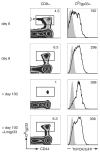
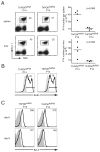
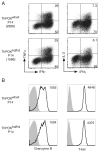
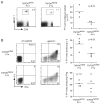
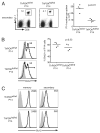
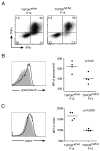
References
-
- Kaech SM, Hemby S, Kersh E, Ahmed R. Molecular and functional profiling of memory CD8 T cell differentiation. Cell. 2002;111:837–851. - PubMed
-
- Williams MA, Bevan MJ. Effector and memory CTL differentiation. Annu Rev Immunol. 2007;25:171–192. - PubMed
-
- Kaech SM, Wherry EJ, Ahmed R. Effector and memory T-cell differentiation: implications for vaccine development. Nat Rev Immunol. 2002;2:251–262. - PubMed
-
- Rocha B, Tanchot C. CD8 T cell memory. Semin Immunol. 2004;16:305–314. - PubMed
Publication types
MeSH terms
Substances
Grants and funding
LinkOut - more resources
Full Text Sources
Molecular Biology Databases
Research Materials

